10 Legendary Illustration Designers and Key Lessons
By Trupti on 03 Feb 2025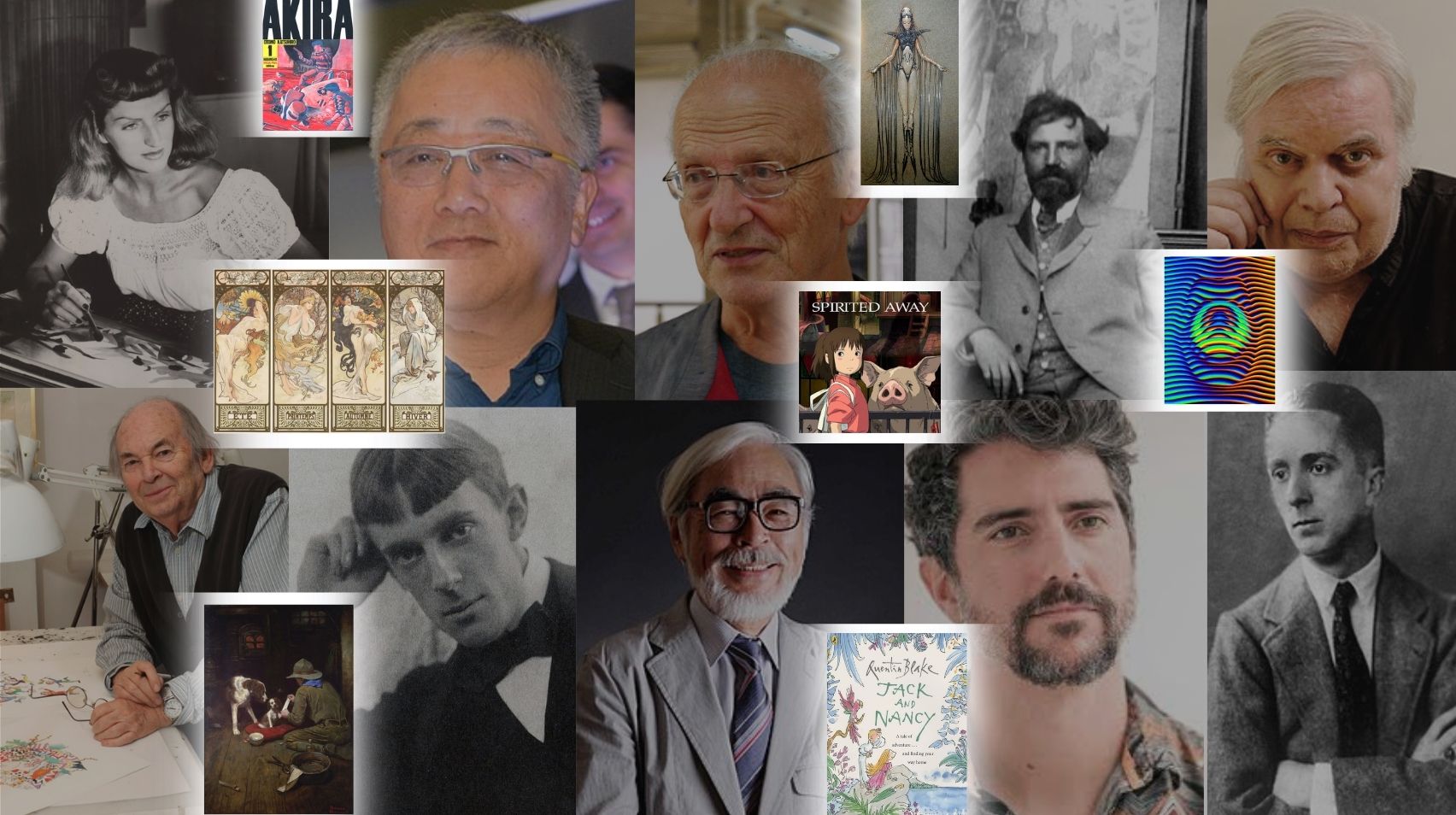
Legendary illustration designers have played a pivotal role in visual communication, inspiring countless generations of artists and designers. These iconic figures have left a lasting impact on the industry, influencing how we interpret art and storytelling. Let’s dive into their contributions, design philosophies, and the valuable lessons we can learn from their groundbreaking work.
1. Alphonse Mucha
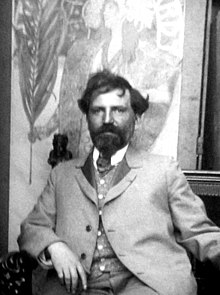
Contribution to Design
Alphonse Mucha was a pioneer of the Art Nouveau movement, creating intricate, decorative illustrations that blended fine art with commercial design. His posters, advertisements, and book illustrations featured graceful figures, organic patterns, and ornamental borders.
Design Philosophy
Mucha believed that art should be accessible and integrated into everyday life. His work emphasized beauty, harmony, and the seamless fusion of illustration and typography.
What We Can Learn
- The power of decorative elements in branding and advertising.
- How to create visually harmonious compositions.
- The importance of integrating art with functionality.
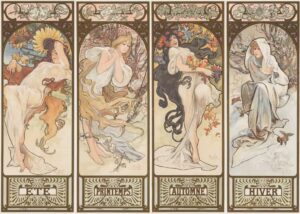
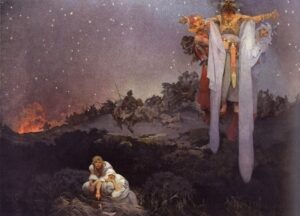
2. Norman Rockwell
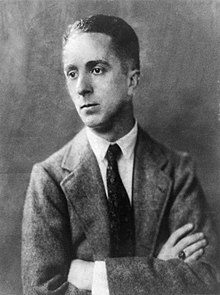
Contribution to Design
Norman Rockwell was an American illustrator best known for his realistic, narrative-driven illustrations, often published in The Saturday Evening Post. His work captured everyday life with warmth, humor, and meticulous detail.
Design Philosophy
He believed in storytelling through illustration, using expressive characters and detailed environments to evoke emotion and relatability.
What We Can Learn
- How to convey strong narratives through illustration.
- The significance of facial expressions and body language.
- The impact of realism and detail in visual storytelling.
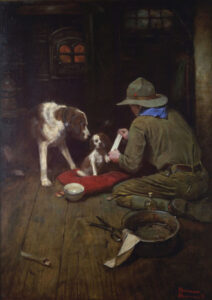
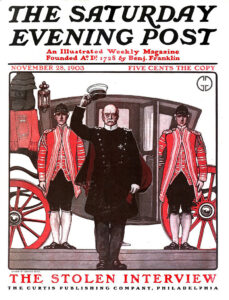
3. H.R. Giger
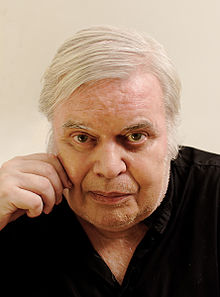
Contribution to Design
H.R. Giger revolutionized sci-fi and horror illustration with his biomechanical art style, blending organic and mechanical elements. His designs for Alien (1979) influenced the aesthetics of sci-fi and horror for generations.
Design Philosophy
He explored the intersection of the organic and synthetic, often depicting dark, surreal, and psychologically intense themes.
What We Can Learn
- How to push the boundaries of imagination in design.
- The importance of texture and contrast in illustration.
- How unique artistic visions can shape entire genres.


4. Aubrey Beardsley
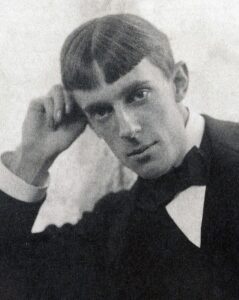
Contribution to Design
Aubrey Beardsley was known for his black-and-white ink illustrations, characterized by bold contrast, intricate patterns, and often provocative themes. His work heavily influenced the Art Nouveau movement.
Design Philosophy
He embraced minimalism and stark contrasts to create striking compositions, often inspired by Japanese woodcuts.
What We Can Learn
- The effectiveness of high-contrast design.
- How minimalism can create powerful visual statements.
- The role of controversy and uniqueness in establishing a distinctive style.
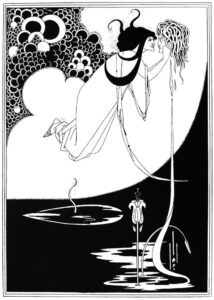
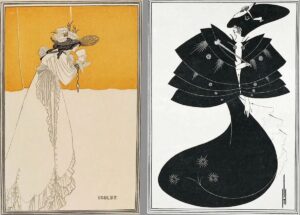
5. Mary Blair
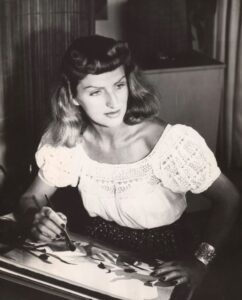
Contribution to Design
Mary Blair was a pioneering Disney artist known for her bold color choices and stylized, whimsical illustrations. She played a key role in films like Alice in Wonderland and Peter Pan.
Design Philosophy
She believed in the expressive power of color and stylization, using vibrant hues and simple shapes to create memorable imagery.
What We Can Learn
- The power of color in evoking emotion.
- How stylization can create timeless and iconic imagery.
- The balance between simplicity and sophistication in design.
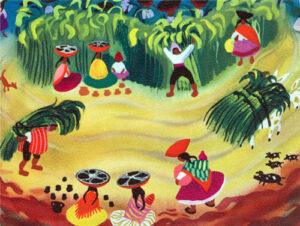

6. Alex Trochut

Contribution to Design
Alex Trochut is renowned for his typographic design and experimental use of letterforms. His innovative work in creating expressive, dynamic, and often three-dimensional typography has influenced both digital and print design. His collaborations span global brands, artists, and cultural projects.
Design Philosophy
Trochut’s design philosophy revolves around pushing the boundaries of typography, treating it not just as a tool for communication but as an art form. His work combines high-impact visuals with intricate details, blending creativity and precision.
What We Can Learn
- The power of typography as an artistic expression beyond functionality.
- How to push design boundaries with creativity and precision.
- The importance of integrating both visual impact and intricate detail in design.
- How to merge traditional design elements with modern, experimental approaches.
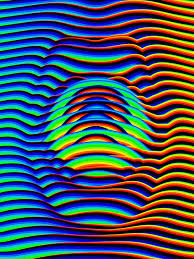
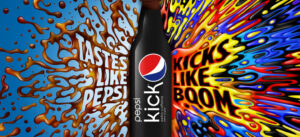
7. Hayao Miyazaki
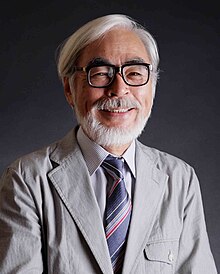
Contribution to Design
Hayao Miyazaki is the legendary co-founder of Studio Ghibli, known for his enchanting illustrations and animations in films like Spirited Away and My Neighbor Totoro.
Design Philosophy
He values storytelling, hand-drawn craftsmanship, and environmental themes, creating immersive worlds filled with detail and emotional depth.
What We Can Learn
- The importance of world-building in illustration.
- How hand-drawn elements bring warmth and personality.
- The role of nature and storytelling in compelling design.
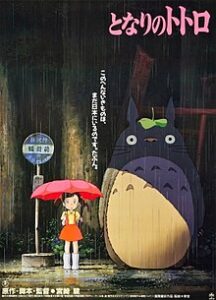

8. Quentin Blake

Contribution to Design
Quentin Blake is famous for his expressive, sketch-like illustrations in Roald Dahl’s books. His loose, spontaneous line work and charming characters define his distinctive style.
Design Philosophy
He embraced imperfection, spontaneity, and dynamic compositions, making his illustrations feel alive and full of personality.
What We Can Learn
- The beauty of imperfection in artistic expression.
- How expressive line work enhances storytelling.
- The importance of energy and movement in illustration.
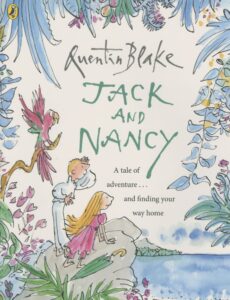
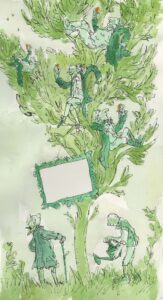
9. Katsuhiro Otomo
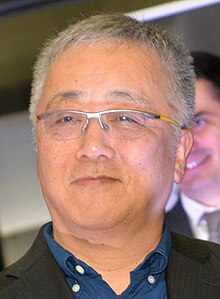
Contribution to Design
Katsuhiro Otomo is the visionary artist behind Akira, a groundbreaking cyberpunk manga and film that revolutionized anime and manga illustration.
Design Philosophy
He combined intricate detail, cinematic composition, and futuristic themes, pushing the limits of visual storytelling.
What We Can Learn
- The significance of detailed world-building in illustration.
- How cinematic techniques can enhance visual storytelling.
- The fusion of traditional and futuristic aesthetics.
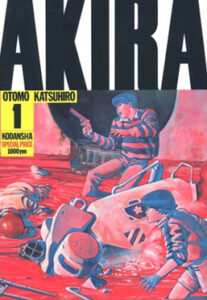
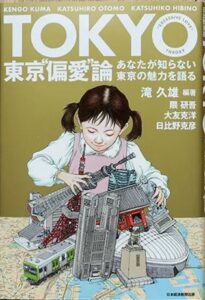
10. Jean Giraud (Moebius)

Contribution to Design
Jean Moebius was a French illustrator known for his surreal, dreamlike sci-fi and fantasy worlds. His work influenced films like Blade Runner and The Fifth Element.
Design Philosophy
He embraced surrealism, intricate details, and fluid line work, often creating vast, immersive landscapes.
What We Can Learn
- The importance of intricate world-building.
- How surrealism can expand creative boundaries.
- The role of fluid line work in creating depth and atmosphere.
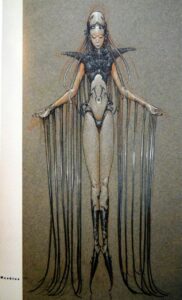
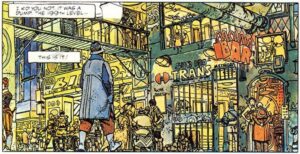
Conclusion
These ten legendary illustration designers have shaped the world of design in profound ways. By studying their contributions, philosophies, and techniques, we can enhance our own creative approaches and push the boundaries of visual storytelling. Whether through bold minimalism, intricate detail, or expressive character work, the lessons from these legendary illustration designers continue to inspire illustrators and designers today.
Join Our Mail List
To get latest updates on courses and news regarding education.